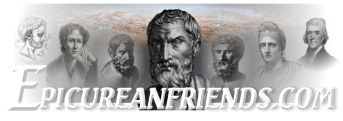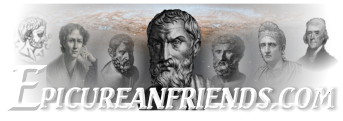I found something! Well, something I didn't know about.
From the Loeb Classical Library's Greek Anthology:
ANONYMOUS: I, THE pencil, was silver when I came from the fire, but in thy hands I have become golden likewise. So, charming Leontion, hath Athena well gifted thee with supremacy in art, and Cypris with supremacy in beauty.

